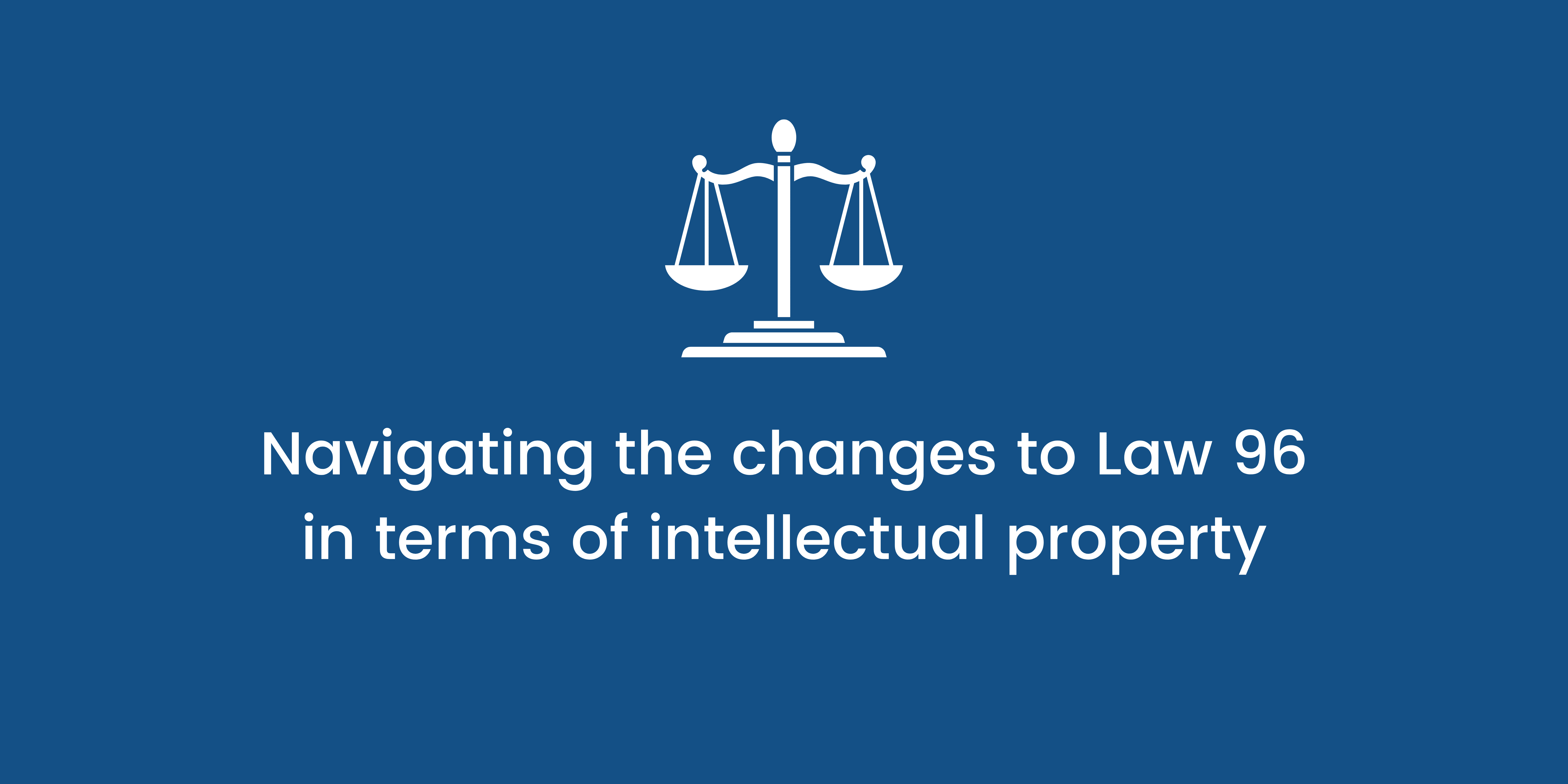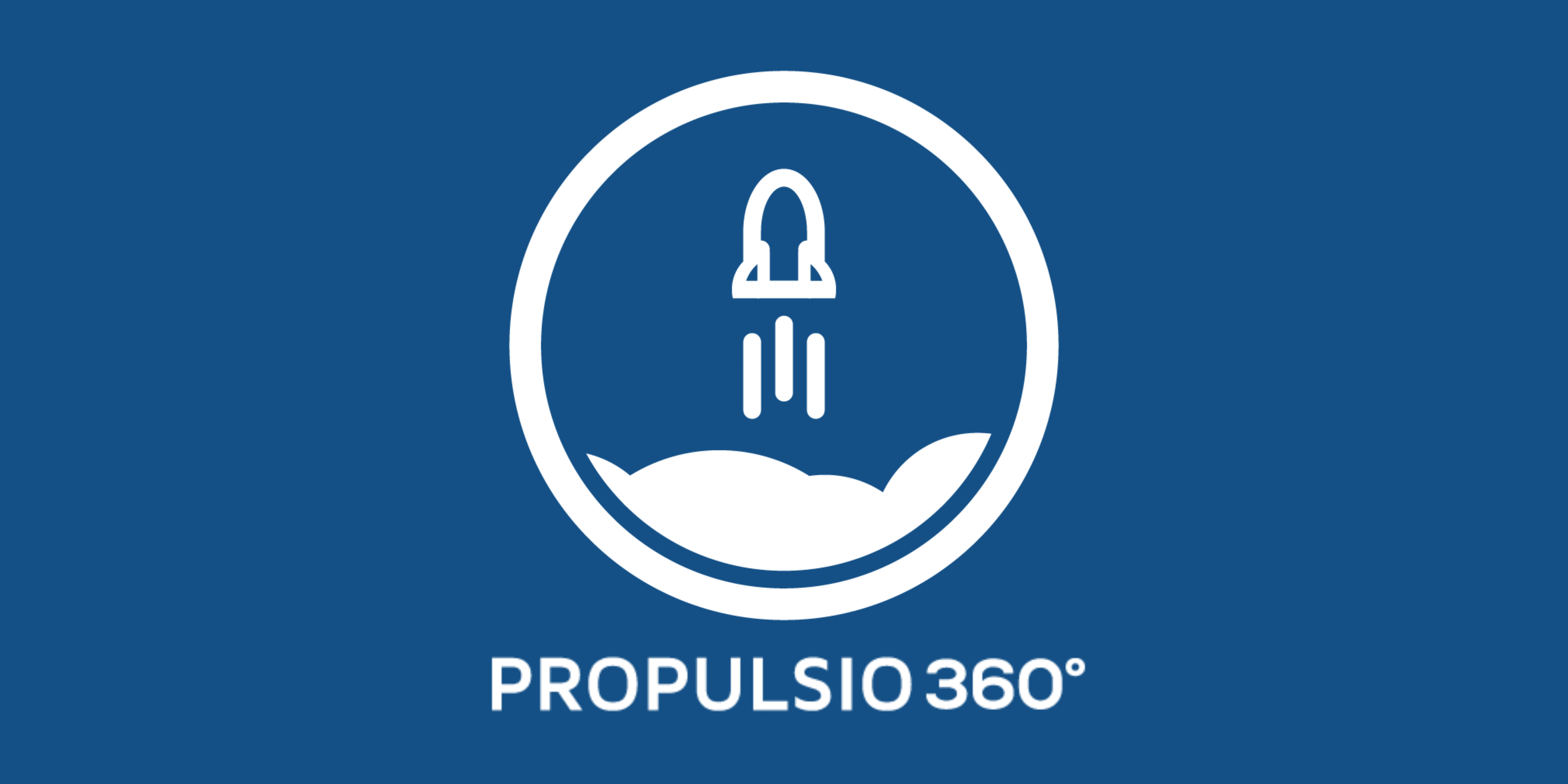Navigating Bill 96’s intellectual property changes: A guide for Quebec businesses
By Frédérique Beauchemin-Dubrule
 Safeguarding the French language is not a recent concern in Quebec. More than four decades after the adoption of the emblematic Bill 101, the government took a significant step forward in language protection with the adoption of Bill 96. Tabled on May 13, 2021, this bill sparked lively debate and raised various concerns, particularly within the business community, about the scope of its implications.
Safeguarding the French language is not a recent concern in Quebec. More than four decades after the adoption of the emblematic Bill 101, the government took a significant step forward in language protection with the adoption of Bill 96. Tabled on May 13, 2021, this bill sparked lively debate and raised various concerns, particularly within the business community, about the scope of its implications.
At the time the bill was tabled, there were still many uncertainties, including the date on which it would come into force and the exact nature of the major changes to be expected.
Since then, Bill 96 has received Royal Assent on June 1, 2022, and the details of the measures are becoming clearer. We present below an overview of the changes affecting company management and operations, according to their date of entry into force[1].
OVERVIEW OF CERTAIN CHANGES FOR BUSINESSES
June 1, 2022:
Employment documents (employment contracts and employee manuals) => Employment documents must be written in French.
– Job advertisements => Job advertisements published in a language other than French must be accompanied by a French version.
– Information on packaging (instructions, warranties, etc.) and labeling => Any information on a product must be available in French.
– Penalties for non-compliance => Company fines have been increased, from $3,000 to $30,000. In addition, other penalties are provided for by law. The Office québécois de la langue française (OQLF) now has greater powers of action.
June 1, 2023:
– Contracts between companies => Membership contracts must be drawn up in French, barring exceptions, on pain of nullity.
o The member may, however, request a version in another language after receiving the contract in French.
– Contracts with the Quebec government => All contracts with the Quebec government must be drafted in French, failing which they are null and void. Standard clauses, usually used in contracts, stipulating that the parties agree to contract in English will no longer be sufficient.
June 1, 2025 :
– Trademarks => A trademark in a language other than French will have to be registered to be used on a product, in public signage or in commercial advertising without a French translation. (We discuss the changes concerning intellectual property below).
– Francization => Companies with more than 25 employees will have to comply with the Francization Act, which means that communications, both internal and external, must be in French.
The purpose of Bill 96 is clear. The government wants to strengthen the use of French in Quebec. The measures adopted, specifically targeting the business community, are designed to encourage the use of French in commercial activities carried out on Quebec territory. Ultimately, the government is seeking to ensure that consumers are served in French, and that workers can perform their duties in that language. The desire to see foreign companies establish their activities in Quebec, but in French, is also put forward.
As previously mentioned, certain measures aimed at businesses will provide a framework for their day-to-day operations and internal management. In addition, a series of significant changes in the field of intellectual property will also directly affect commercial activities in the province.
 CHANGES CONCERNING INTELLECTUAL PROPERTY
CHANGES CONCERNING INTELLECTUAL PROPERTY
Prior to the adoption of Bill 96, trademarks governed by the federal Trade-marks Act (TMA) were almost entirely exempt from the application of the Charter of the French Language. Only commercial advertising and public signage were subject to the obligation to accompany a mark in a language other than French with at least one description in French.
For example, “SecondCup” was obliged to add the expression “Les cafés” to their storefronts. On the other hand, companies such as Hellofresh, Uber Eats and others could operate under non-French trademarks without being subject to similar constraints.
Law 96 tightens the rules in this respect. As of June 1, 2025, it will now be forbidden to use a trademark alone in a language other than French, unless it is registered and no equivalent French version exists in the trademark register[2]. When this requirement was announced, many in the industry expressed concern about the long waiting times at the Canadian Intellectual Property Office (“CIPO”). Indeed, the trademark registration process is estimated to take around 3 years[3].
The concerns expressed have been taken into account, and the government has finally granted some flexibility to companies. After June 1, 2025, products and packaging bearing a non-compliant trademark may be used by the company, provided the trademark is in the process of being registered[4].
This flexibility is limited, however, as public signage and commercial advertising will not benefit from the same concessions. A trademark in a language other than French will have to be duly registered to be used for these purposes after June 1, 2025[5]. For example, an English trademark currently in the process of being registered cannot be used after this date, either in advertising or on the signs of physical branches. However, it can still be used on product packaging.
A grace period will also be granted until June 1, 2027 to dispose of products with non-compliant lettering and packaging manufactured before June 1, 2025[6].
To clarify the legislative changes and flexibilities granted, we offer a summary of the intellectual property provisions of Law 96:
Product markings :
– After June 1, 2025, for a trademark in a language other than French to be affixed to products, it will have to be registered.
o Flexibility granted: The status “in the process of registration” will be considered sufficient to benefit from the exception, and use of the trademark on products will be authorized.
o If the trademark is neither registered nor in the process of being registered, a predominantly French version will have to accompany the original version.
§ The criterion of sufficient presence of French is replaced by the criterion of clear predominance of French, which means that the French version must be twice as large and in the same field of vision as the version in another language[7].
– Generic terms (describing the nature of the product) or descriptive terms (describing the characteristics of a product) of a trademark written in a language other than French cannot take precedence over the terms in the French version[8].
– Product instructions must be available in French.
– As of June 1, 2027, no products with non-compliant packaging will be allowed into circulation.
Public display and commercial advertising :
– Trademarks used in public signage or commercial advertising must also (1) be registered with CIPO and (2) no equivalent French version must appear on the register [9].
o If these conditions are not met, a French translation must be predominantly present.
o Remember, the grace period granted for trademarks on products does not apply here.
– For public displays visible from outside the premises, even if the trademark is duly registered, terms in another language must be accompanied by terms in French that are equally visible (i.e. in the same visual field) and clearly predominant [10].
Sales documentation:
– According to the changes announced to date, the government has not modified the exception granted to trademarks that will appear in commercial documentation. Consequently, a trademark not registered in a language other than French will still be able to appear in commercial publications without a French translation.
– Brochures, leaflets and order forms are just a few examples of commercial documents, whether in paper or digital form (website/social media) [11].
SANCTIONS
As you can see, several changes will be implemented over the coming months. It will be important for companies to take the necessary steps to comply with the new requirements within the prescribed deadlines. The penalties are indeed significant (a reminder that corporate fines now vary, depending on the offence, from $3,000 to $30,000) [12].
In addition to penal sanctions, administrative and civil penalties are also provided for [13] :
– The OQLF will have the power to ask the court for an injunction ordering the removal of displays and advertising in violation of the law, at the expense of the company caught in breach.
– Orders to remove offending products may also be issued.
 ACTIONS TO TAKE
ACTIONS TO TAKE
We therefore encourage companies to prepare now for these legislative changes in intellectual property by following these steps:
1. Make an inventory of your trademarks used in languages other than French, and those that could potentially be used in future projects;
2. Check whether the trademarks can be registered;
3. Initiate the registration process to ensure that deadlines are met (the target date is June 1, 2025);
4. Review labels, packaging, product instructions and external displays to ensure compliance.
This article is for information purposes only and does not constitute legal advice. The Propulsio 360 team is here to support and advise you in this process. Please do not hesitate to contact us by telephone at 514-558-1201 or by e-mail at info@propulsio360.com. Please note that further changes may be announced at a later date. We will keep you informed.
Sources:
[1] Mildred CANDELARIO, “Quebec Law 96 Explained: How It Affects Your Business,” Preply Business, November 13, 2023, online: https://preply.com/fr/blog/b2b-projet-de-loi-96-quebec-explique/
[2] An Act respecting the official and common language of Quebec, French, Bill 96 (assent – June 1, 2022), 2nd Sess. 42nd Legis. (Qc.) c. 14, s. 43.
[3] Adam ANSARI, “Trademark Registration in Canada: One-Page Essentials”, Cain Lamarre, May 1, 2023, online: https://cainlamarre.ca/publications/enregistrement-marque-de-commerce-canada-quoi-savoir/#:~:text=En%20date%20des%20pr%C3%A9sentes%2C%20le,d%C3%A9p%C3%B4t%20de%20la%20demande%20concern%C3%A9e.
[4] Projet de Règlement modifiant principalement le Règlement sur la langue du commerce et des affaires, art. 9.
[1] Id.
[6] Draft Regulation mainly amending the Regulation respecting the language of commerce and business, s. 10.
[7] Draft Regulation mainly amending the Regulation respecting the language of commerce and business, s. 9.
[8] Id.
[9] Id.
[10] Id.
[11] Id.
[12] Clara CHOW, “Charte de la langue française : changements relatifs aux marques de commerce au Québec”, BLG, July 19, 2022, online: https://www.blg.com/fr/insights/2022/07/charter-of-the-french-language-changes-affecting-trademarks-in-quebec
[13] Id.


